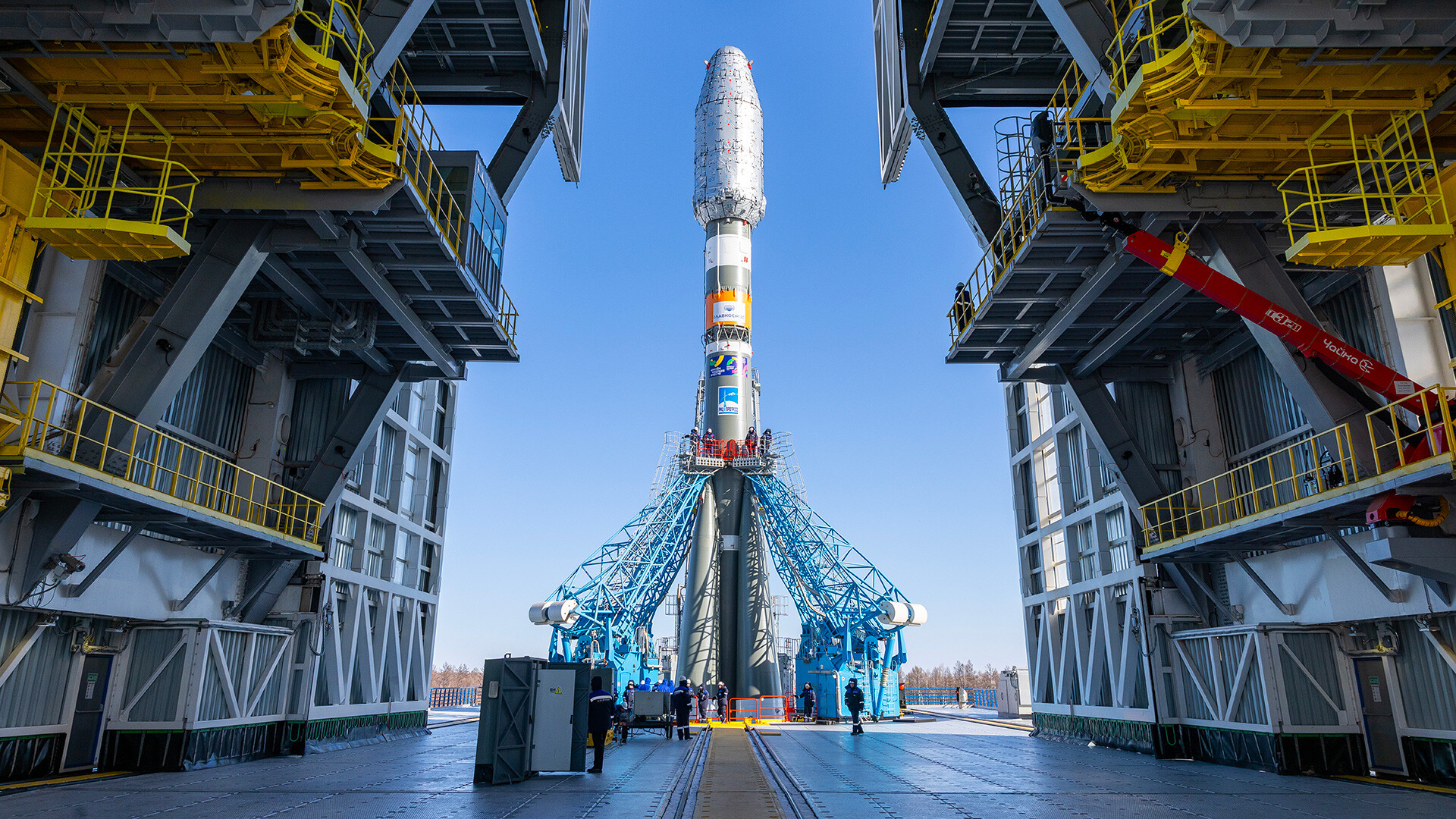
After Tereshkova, it took the next Soviet woman 19 years to return to space. Why?

The official news report stated that the Soviet woman had been in space for almost three days and felt fine. Yet, in reality, it was not really so.
According to telemetric data, Tereshkova did not feel well throughout the flight. She sluggishly negotiated with Earth, sat almost motionless, feeling nauseous. She was unable to conduct the planned experiments, failed to make notes in the logbook and, at some point, even fell asleep during working hours and did not respond to inquiries.

There was another incident that Tereshkova kept silent about for 30 years. She entered an erroneous flight program, due to which the automatics did the opposite to the planned preparation for landing, sending the spaceship out of orbit into deep space. The cosmonaut managed to manually correct the error and return to Earth. However, the accidents did not end there.
Once back on Earth, in violation of all instructions, before the rescue team arrived, she treated the locals to the space tubes meant for research, while treating herself to boiled potatoes and kvass. Sergey Korolyov, the head of the mission, flew off the handle: “Not a single woman will ever again travel to space while I’m alive,” he allegedly promised.
Whatever the case, the incident with the tubes could hardly carry much weight. Yet, the stance that a woman’s body is less suited for flights started to gain ground before it was reconsidered, but only in 1982.













